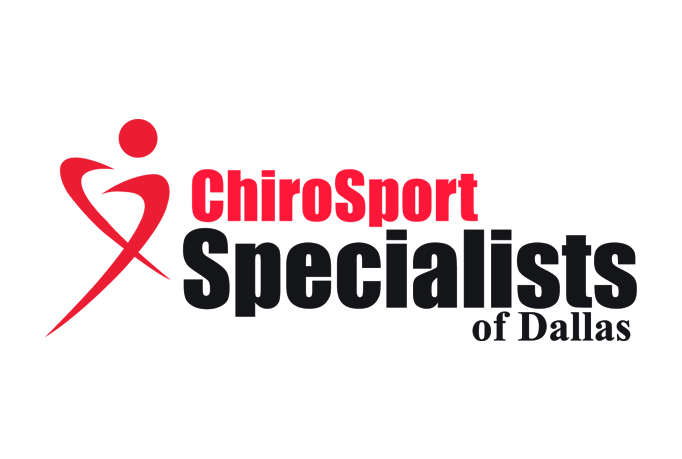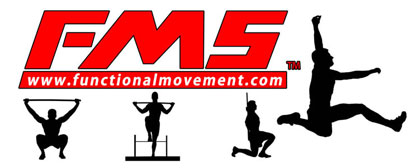Are you as Athletic as a Tour Pro?
This article gives us a basic idea what movements that tour pros can do, that many of amateur golfers should be able to do. Obviously, there are many other things that Tour Pros do well compared to most golfers. However, this is just a little guide to test yourself.
Going through a full physical assessment is the best option for determining specifically what your body is deficient in, however this is something you can do on yourself and test your buddies. This article is based on an article in Golf Digest by Gray Cook, who is one of the founders of Functional Movement Systems including the Functional Movement Screen and Selective Functional Movement Assessment.
Warning if you are in pain, or have pain when doing any of these movements, please get assessed by a movement specialist such as an SFMA or TPI Medical Professional.
Basic Competency
- DEEP SQUAT
- While maintaining a club directly over your head, drop into a squat position.
- To pass, both heels must stay on the floor as your hips descend lower than your knees. Your knees also should stay directly over your feet.
- IN-LINE LUNGE
- Stand tall with a club behind your neck and one foot positioned your shin’s length behind the other. Lunge forward to touch the back knee to the front heel.
- To pass, your front foot must stay flat, and your torso should remain upright with the club level.
- HURDLE STEP
- Place tape across a doorway just below kneecap height. Step one leg over the tape and touch your heel to the floor without putting weight on it. Step back over.
- To pass, avoid touching the tape while keeping your other foot flat.
- SEATED ROTATION
- Hold a club across your chest and sit cross-legged with one foot on each side of a doorjamb. Rotate your torso until the club touches the jamb.
- To pass, your spine must be straight and the club in contact with your shoulders.
- STRAIGHT-LEG RAISE
- Lie on your back and slowly raise one leg vertically.
- To pass, your leg should finish perpendicular to your body while your head, arms and non-raised leg (toes up) remain in contact with the floor.
Core Stability
- ONE-ARM PUSH-UP
- Find a staircase or wall against which you can do at least 10 reps (but do as many as you can).
- To pass, your chest must stay parallel to the stairs (back and legs straight). Remember the 10-percent rule.
- ONE-LEG CHAIR SQUAT
- Sit on the edge of a chair, arms out, and stand up and sit back down on one leg. Do as many reps as you can.
- To pass, keep your foot flat on the floor. Remember the 10-percent rule.
- RAISED-LEG PUSH-UP
- Do this on the floor or on a staircase. Complete at least 10 reps (but do as many as you can).
- To pass, your pelvis must stay parallel to the floor (legs and back straight). Remember the 10-percent rule.
*The 10 percent rule is being able to do the same number of reps within 10 percent on each side.
Power and Balance
- KNEELING BALL BOUNCE
- Kneel with your toes touching the floor. Raise a seven- to 10-pound medicine ball above one shoulder and throw it down hard at a 45-degree angle.
- To pass, the ball must bounce higher than your head.
- ROTATIONAL CHEST-PASS
- Get into your golf posture while holding a medicine ball in front of your chest, elbows bent. Rotate to one side, then fire the opposite way, pushing the ball out of your arms like a basketball chest pass.
- To pass the test, the ball must travel virtually the same distance and trajectory on both sides.
There are other Skills, Ranges of Motion and Strength needed to be a Tour Player. These are some of the most basic ones that many people are unable to do. In my list and my full assessments, I do many more. This guide is just a quick assessment to do on yourself and your buddies to see if maybe your body is preventing you from playing your best golf.
I will follow-up with a post on what we commonly do if you are unable to do some of these tests.
Let me say this again. If you are in pain, or have pain when doing any of these movements, please get assessed by a movement specialist such as an SFMA or TPI Medical Professional.
Good Luck and let me know how you do!
Taken from http://www.golfdigest.com/golf-instruction/2011-09/combine-tests

